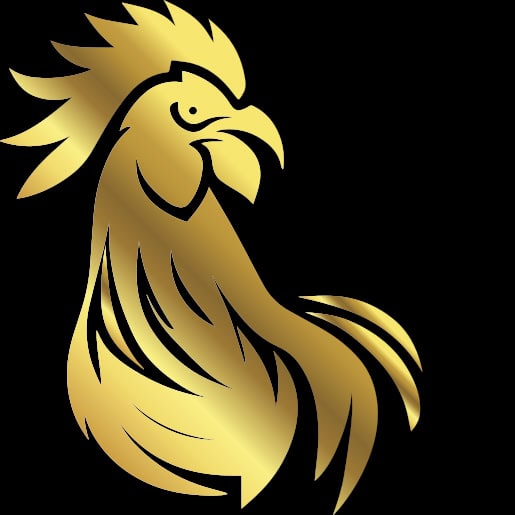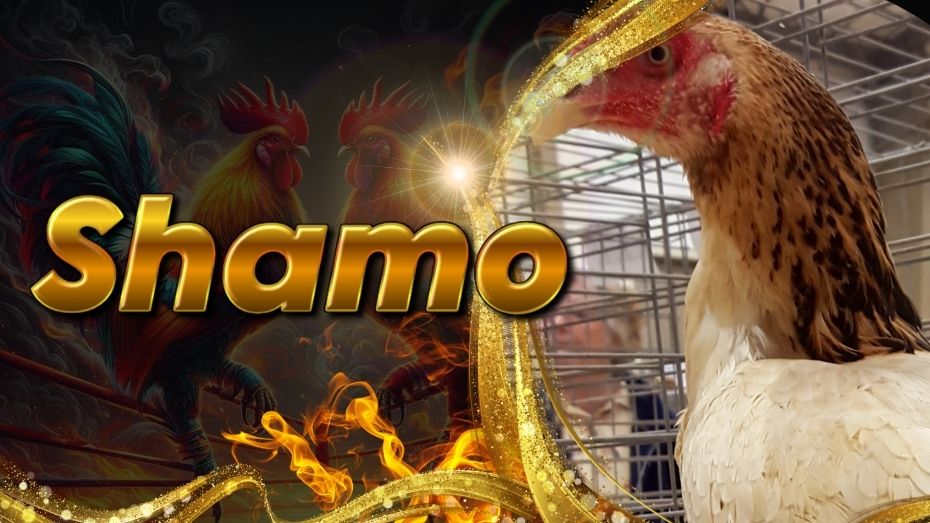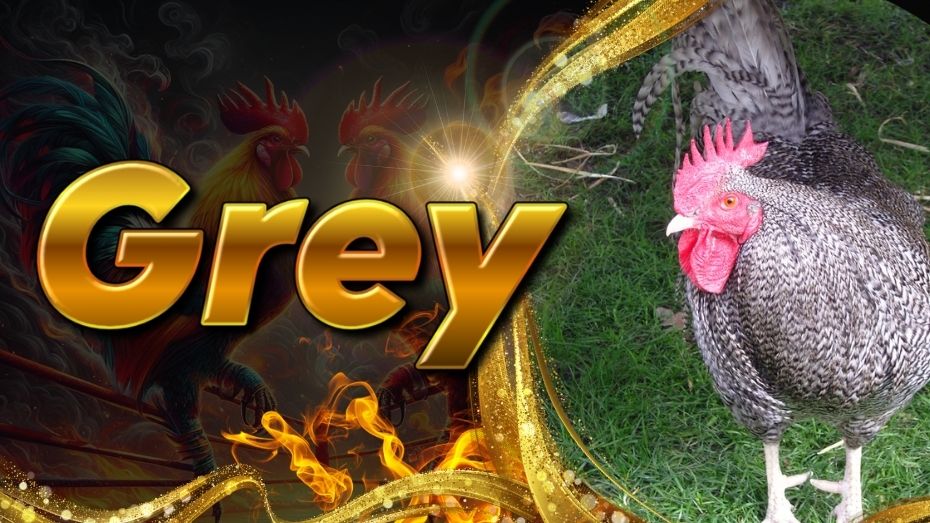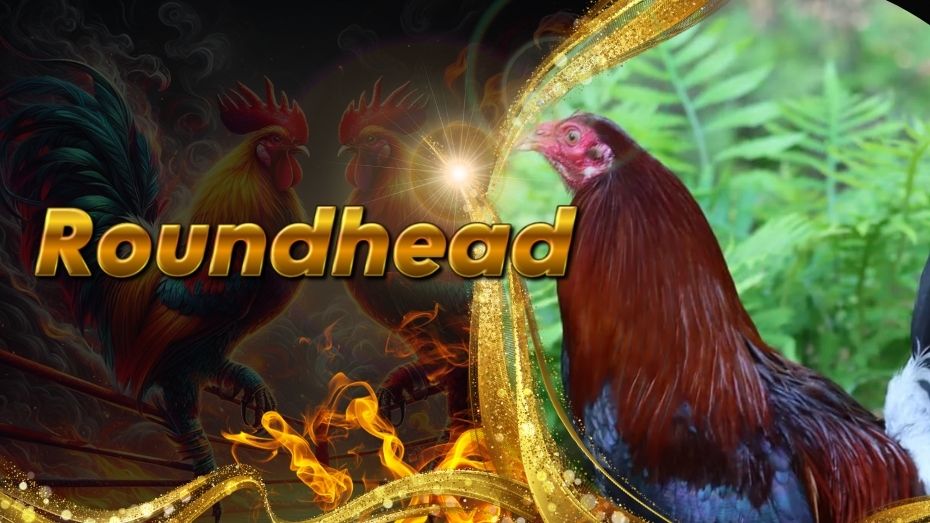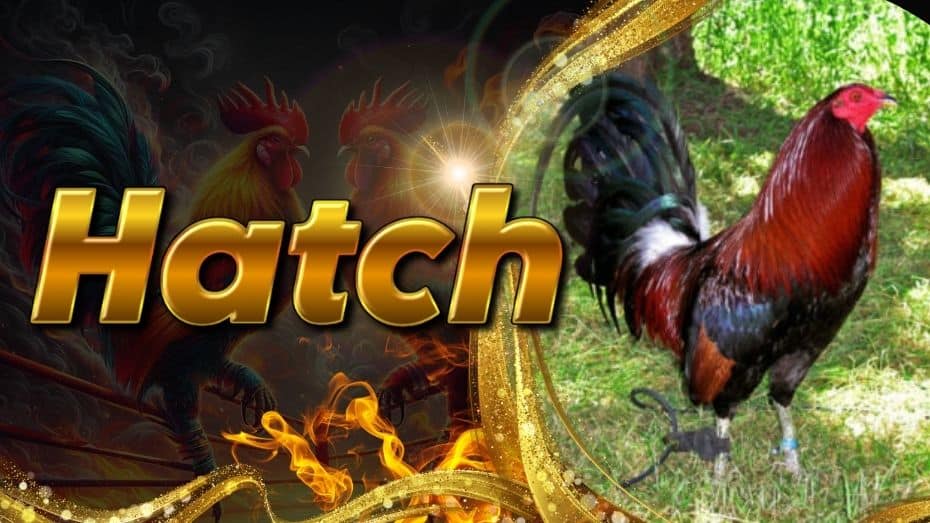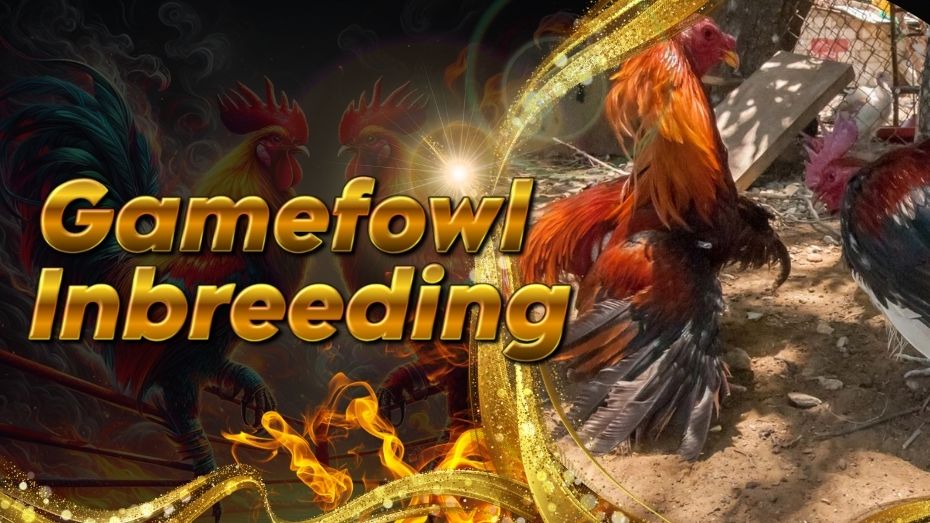Gamefowl Linebreeding: Selective Inbreeding to Develop Gamefowls
Gamefowl linebreeding is another breeding method that is closely similar with standard inbreeding, with some differences. While inbreeding is meant to develop a breed by surfacing undesirable traits and culling them, linebreeding is more focused on fixing a breed by reintroducing diversity within a line by pairing a first-generation bird with a distant relative that has the same desirable gene.
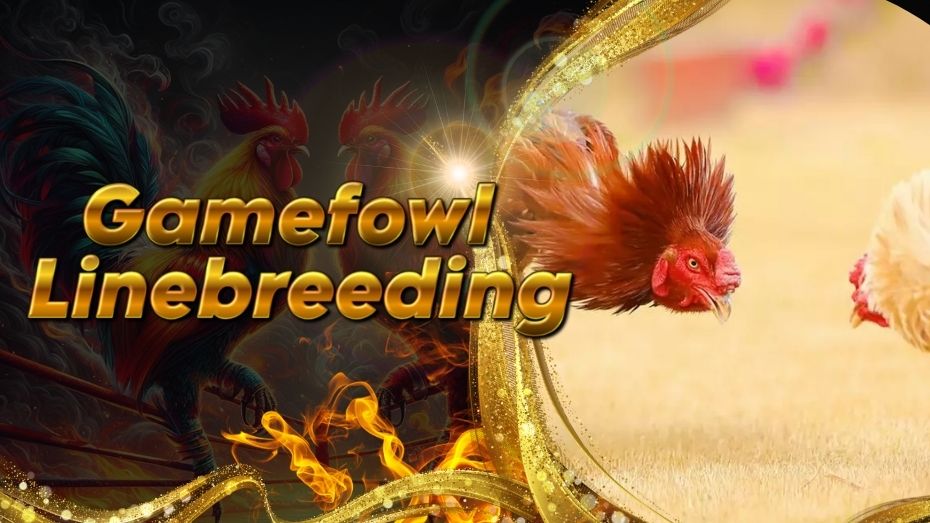
This is usually the final step in the inbreeding process before outcrossing as it ensures that the birds crossed to other lines and breeds won’t exhibit undesirable traits or at least have them reduced.
Difference Between Linebreeding and Inbreeding
The main difference between standard inbreeding and linebreeding is that the latter is more controlled while the former is not. One can think that inbreeding is similar to incest in humans that focuses on close relatives while linebreeding focuses on distant relatives, at least about five generations apart. The main point of linebreeding is to increase the probability of preserving desirable traits and diluting undesirables.
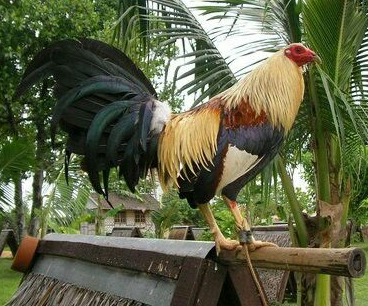
As the pairings are two distantly related birds, the chances of passing down undesirables will get lowered but the risks are still ever-present due to limited genetic diversity. This was likely used to develop the Sweaters into the birds they are now, the Kelsos after ideal brood cocks were identified until they turned into the well-loved Kelsos, and other birds that are maintained to be the best birds for outcrossing.
Many breeders usually only outcross after linebreeding as they’ll have a bird with superior traits from the entire bloodline that they can then introduce new blood to.
Benefits of Linebreeding
Linebreeding has several advantages that make it an extremely essential part of developing gamefowl breeds. The main benefit is being able to preserve desirable traits and strengthen them instead of potentially developing further mutations if the birds are continued to be bred with close relatives. While this is already a significant advantage, having this while also maintaining genetic diversity is a plus to linebreed instead of continuing to inbreed, where genetic diversity is lost and mutations are even more prone.
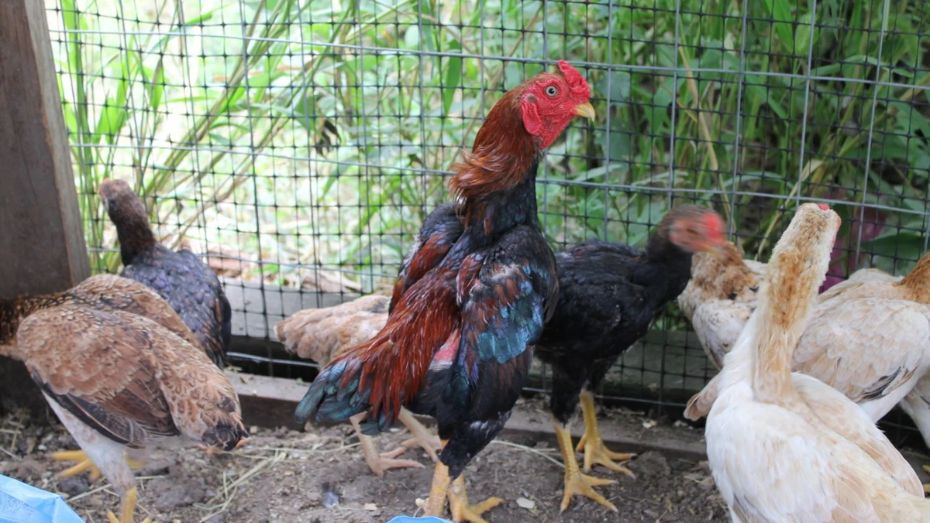
The reason why linebreeding is preferred is because maintaining diversity also reduces the risk of genetic disorders appearing. This is because the risk of deleterious alleles due to excessive homozygosity is mitigated. Not only will certain desirable traits be preserved, new birds also won’t be born with genetic deformities.
Risks of Gamefowl Linebreeding
While line breeding is effective in preserving the desirable traits, it still has some inherent risks that are also present in inbreeding. These risks are the following:
Limited Genetic Diversity
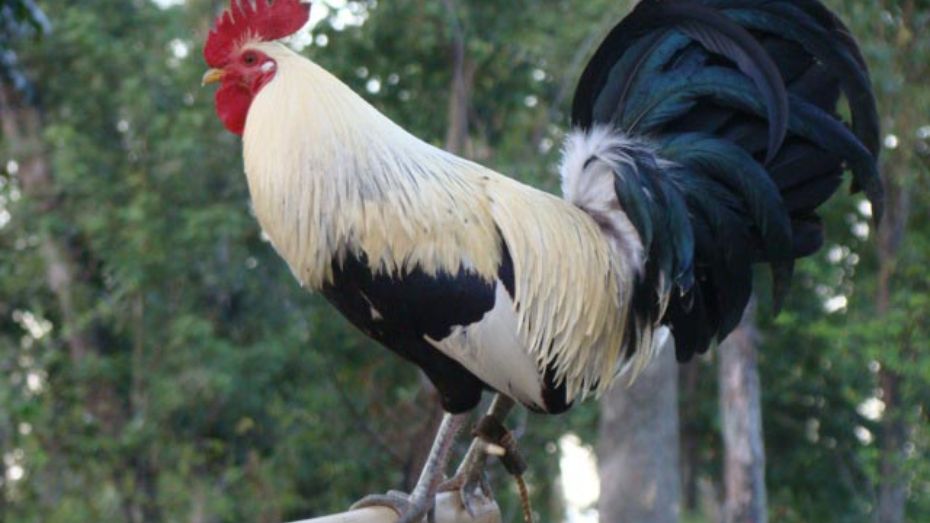
As both linebreeding and inbreeding are essentially pairing relatives, the line will still have limited diversity as no new blood is introduced. This still means that linebreeding offspring can have reduced ability to adapt to changes in the environment and lower resistance to diseases.
Undesirable Traits Instead of Desirable Traits Being Concentrated
While the goal of linebreeding is to concentrate desirable traits to develop a bird’s bloodline, it is still possible to instead amplify the undesirable traits and produce birds for culling. This happens when inexperienced breeders failed to identify and manage the bad traits during the initial breeding process.
Dependent on Expertise in Breeding
Not every breeder can effectively linebreed their birds as this requires meticulous planning and execution. Linebreeding can’t be done randomly and breeders will need to be knowledgeable on breeding and keeping track of the line’s traits, culling bad birds, knowing the right time to stop inbreeding, knowing the right time to linebreed, and knowing when they should finally crossbreed.
Without the necessary expertise, breeders are more likely to fail to produce good birds and will likely end up ruining a bloodline.
Conclusion
Linebreeding is a more complex form of inbreeding that requires more expertise than standard inbreeding. Even though this is more complex that inbreeding, it is still necessary to learn how to do this to be able to develop good birds for cockfighting or for crossing with other lines and breeds.
Learn more about the different breeding techniques at Sabong International as well as the top gamefowl breeds to use for breeding.

